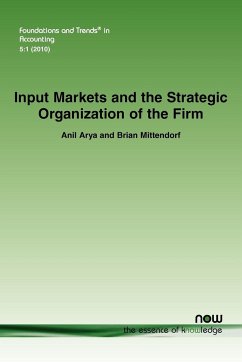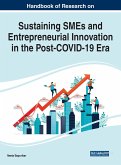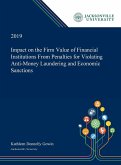The Role of Management Controls in Transforming Firm Boundaries and Sustaining Hybrid Organizational Forms aims to demonstrate how controls have been used to mitigate risk and to facilitate collaboration in inter-firm transactions. The authors aim to highlight the central themes and identify emergent research streams that offer promise for advancing our understanding of inter-firm management controls. The monograph considers two streams of empirical management accounting research that are distinguished by their focus and typical research methods -- one stream of research focuses on the determinants of investments in contracts and other management controls while the other stream focuses on how the stability of hybrid forms is affected by individual managers who both negotiate and manage inter-firm transactions under the influence of management controls. The thesis of this study is that inter-firm management control is central to generating the returns to hybrid organizational forms. Following an introduction, the authors examine how contracts are used to control opportunistic hazards and to facilitate coordination in inter-firm transactions. The next section moves beyond the formal contract to consider other mechanisms of control that are employed to mitigate risk and sustain hybrid organizational forms. Sections 2 and 3 focus on the contingent relationship between transaction risks and management controls and are premised on firms maximizing long-run profits using a combination of revenue maximization and cost minimization. Section 4 reviews an emergent stream of behavioral research that investigates how individual managers, who negotiate and transact on behalf of firms, influence and are influenced by management controls. The authors conclude in Section 5 with a discussion of directions for future research.








